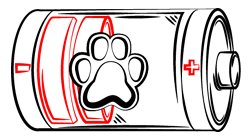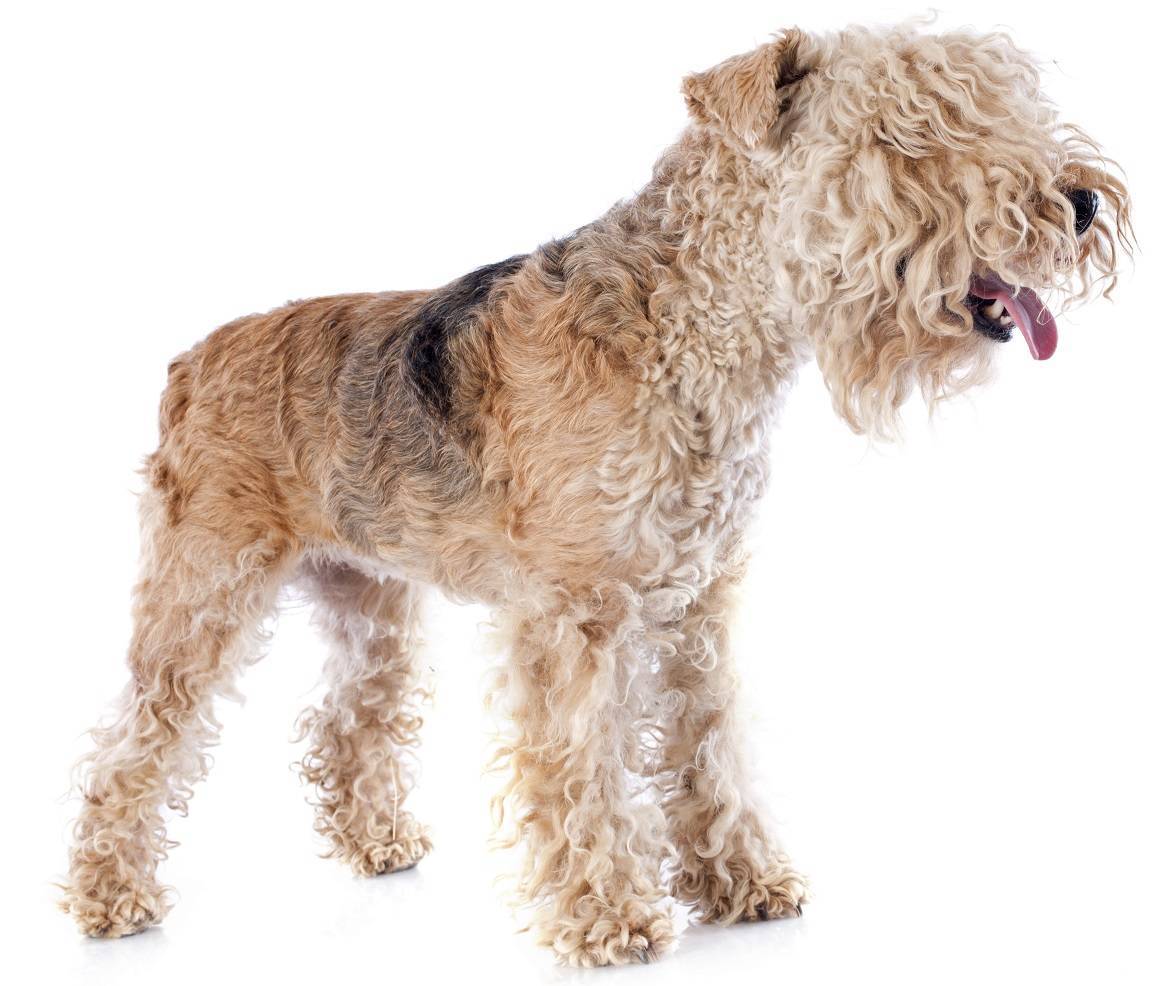
Paws ‘N’ Pups Quickview
Size
| Energy Level
| Trainability
| Paws ‘N’ Pups Rank
|
Characteristics
| Physical Characteristics: Height: 13-14” Weight: 15-17 lbs. Energy Level: Moderate | Colors: The American Kennel Club recognizes the Lakeland Terrier in the following colors:
|
Health & Longevity
Average Life Span: 12-16 years
The Lakeland Terrier is an exceptionally healthy breed who suffers from very few health problems.
Some Lakeland Terriers may experience Von Willebrand’s disease, a blood clotting disorder that can result in uncontrollable, excessive bleeding from even very minor injuries. In some cases, a transfusion will be required to replace lost blood.
This breed may also be affected by eye problems like cataracts, glaucoma, and lens luxation. Lens luxation refers to the dislocation of the lens from its normal place in the eye, and terrier breeds are especially prone to this condition. Age of onset is typically between four to nine years. This can lead to redness and chronic eye pain, and it may cause other eye issues to occur. Surgery to remove the lens may be an option if the condition does not blind the affected dog. In other cases, blindness is likely to occur.
The average lifespan for a Lakeland Terrier is 12-16 years.
Temperament & Train-ability
Like most terriers, the Lakeland Terrier is bold, confident, and a bit stubborn at times. He is also friendly, affectionate, and intelligent with an excellent sense of humor. He may try to become the home’s “alpha” and will need consistent and firm leadership.
The Lakeland Terrier can be an apartment dog if properly exercised. He needs both physical and mental stimulation, and he loves to exercise outdoors. This breed will chase smaller animals, completely ignoring your calls and admonitions to stop running. If you have a yard for your Lakeland Terrier to play in, be sure that it is securely fenced, because terriers tend to be excellent escape artists. Also be aware that this breed likes to dig holes, so either designate an appropriate digging area or supervise his outdoor play. If you are not in a fenced-in area, be sure to keep your Lakeland Terrier on a leash.
The Lakeland Terrier adores children and is playful and affectionate, making him a good companion for older children in particular. He may not do well with young children who do not know how to treat a dog respectfully. Like all terriers, he may snap or snarl if he feels he has been disrespected or unfairly treated. If you do have young children, supervise their play with the Lakeland Terrier, be prepared to socialize and train your dog, and work on teaching the children how to treat your pet properly. Lakeland Terriers are polite with strangers if properly socialized, and do not tend to be shy or aggressive. This breed gets along better with dogs than most other terriers, but they will still become aggressive if provoked. They may have issues with same-sex dogs in particular. Lakeland Terriers do not typically do well with smaller animals because their natural instinct is to give chase.
Although Lakeland Terriers are affectionate with their family members, they are not the breed for someone who wants a passive lapdog. They are extremely possessive of food and toys, so it is best to approach with caution if he is playing or eating. The Lakeland Terrier may become destructive and bark excessively if bored. Terriers frequently bark in general, and he will need training to help curb this behavior.
Like all terriers, the Lakeland Terrier is independent and somewhat stubborn, and he will try to take advantage of you if he is able. For this reason, he needs to be trained with firm, confident leadership. He must know that you mean what you say, so be consistent with your rules and expectations. Use positive reinforcement techniques like favorite treats, extra playtime, or verbal praise. Do not be harsh or physical with a Lakeland Terrier. He may growl or snap if he feels you are treating him unfairly or harshly, and he will dig in his heels and refuse to train. If properly trained, the Lakeland Terrier is intelligent and learns quickly, especially if the activity is enjoyable. Be sure to keep sessions relatively short and upbeat. The Lakeland Terrier also may be a bit challenging to housetrain, so crate training is recommended.
Grooming
The Lakeland Terrier has a wiry coat that sheds little. His coat does, however, tangle and mat easily, so he needs at least bi-weekly brushing. He will also need to be trimmed and clipped every few months.
Bathe your dog as needed, and trim his nails regularly to prevent overgrowth and cracking. Check his ears regularly for tenderness, odor, or redness, which may be signs of infection. Also ensure that there is not an excessive buildup of wax, dirt, or debris. Brush his teeth at least 2-3 times weekly to maintain healthy gums and prevent bad breath.
Diet
The average Lakeland Terrier should consume 1 cup of high-quality dry dog food daily. It is recommended that you split this portion into two smaller meals. The exact type and amount of food for your individual dog will depend on variables like age, weight, metabolism, and activity level.
Ensure that your Lakeland Terrier has clean, fresh drinking water available at all times.
Looking for a Lakeland Terrier?
 Find A Lakeland Terrier Breeder |  Lakeland Terrier Puppies For Sale | 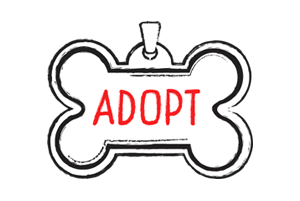 Adopt A Lakeland Terrier |
Cost
The average price for a Lakeland Terrier is $1,100, although pricing may vary based on breeder location, gender, pedigree, and other factors.
If you prefer to adopt a Lakeland Terrier, expect to pay up to $175 in adoption fees.
Paws ‘N’ Pups Ranking
Paws ‘N’ Pups ranks every breed out of 4 with 1 being easiest to integrate into your life and 4 being the toughest – The lower the ranking the better.
Ranking takes into account a few basic factors including cost, skill level needed, high vs low maintenance and how critical regular training is to success. The Lakeland Terrier ranks a 3. He is extremely healthy, has only moderate exercise requirements, and is generally a friendly dog. However, he can be stubborn and difficult to train, and he is rather high maintenance in regards to grooming. He also likes to bark, dig, and chase cats or small animals, and he can exhibit defensive behaviors like snapping and snarling if he feels provoked.
Breeds Similar To Lakeland Terrier
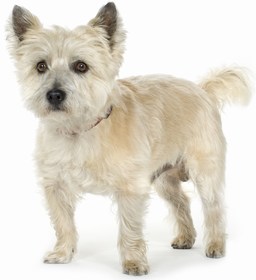 Cairn Terrier | 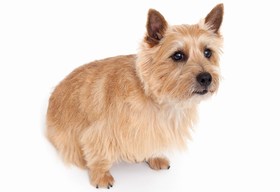 Norwich Terrier | 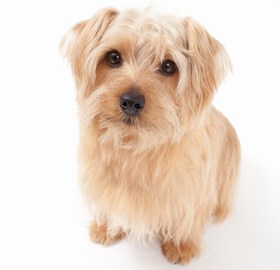 Norfolk Terrier | 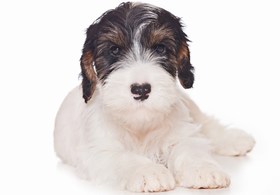 Sealyham Terrier |


